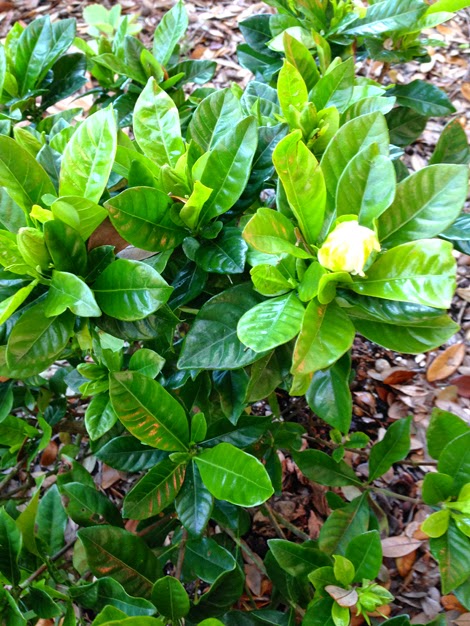From the early 1880s, as Japanese painters began finding their way to Europe and beyond, they brought back to Japan on their return the Western influences that in many ways modernized the Japanese tradition. The practice of careful observation and sketching from nature was ultimately combined with contemporary Western painting practices and led to an innovation in the nihonga style of painting.
One of those who returned from Europe with new ideas was Takeuchi Seihô, considered by many to be a leading modern nihonga painter.
Takeuchi Seihô (1864-1942) was born in Kyoto and even as a boy loved drawing, leaving little doubt he would become an artist. At the age of sixteen he began studying traditional painting with Kôno Bairei, a well-known master of paintings depicting birds and flowers. Two years later, in 1882, two of Takeuchi’s works received awards at a prestigious painting competition and that was enough to launch the young artist’s career. He made a European tour in 1900 where saw the Paris Exposition, visited art schools and made the acquaintance of Western painters. The young man’s greatest impressions came with the work of British painter, J.M.W. Turner and the French, Jean Baptiste-Camille Corot. After his return to Japan Takeuchi developed a style combining the realism of traditional Japanese painting with Western realism as he saw it in the techniques of Turner and Corot. Takeuchi’s new style became one of the principal principal influences in modern nihonga. Though noted for his landscapes, the artist more often turned to drawing animals in amusing poses and it is in those drawings that we see his commitment to capturing sometimes in only a few brushstrokes the essence of his subject.
Easy enough to count the brushstrokes in a drawing that perfectly captures horse and movement.
One in a series of twelve animals from the Zodiac; done sometime in the 1920s, this painting is good example of the artist’s whimsey.
Striking in this large work covering two six-panel screens is the precise anatomy and musculature of the immense animals. Note the monkey perched on the back of one, reaching for the birds in the top left; notice too the eyes of the elephants. Painted in 1904, the work is in black ink on gold paper.
A very different example is the oil painting Suez Landscape painted in 1901 after the artist’s return from Europe. The work is based on a postcard from the collection he gathered while abroad. The influence of Turner and Corot is obvious in this landscape, especially in the palette and the painting of the water.
Most striking in this undated ink and color painting is the use of space. The artist has placed the focus in the lower right, leaving a broad and largely blank space. The red and black in that large space is Takeuchi’s seal and signature. Once more the touch of humor is there with the inquisitive rat.
Simple but impressive watermelon; undated
Seals and signature used by the artist















